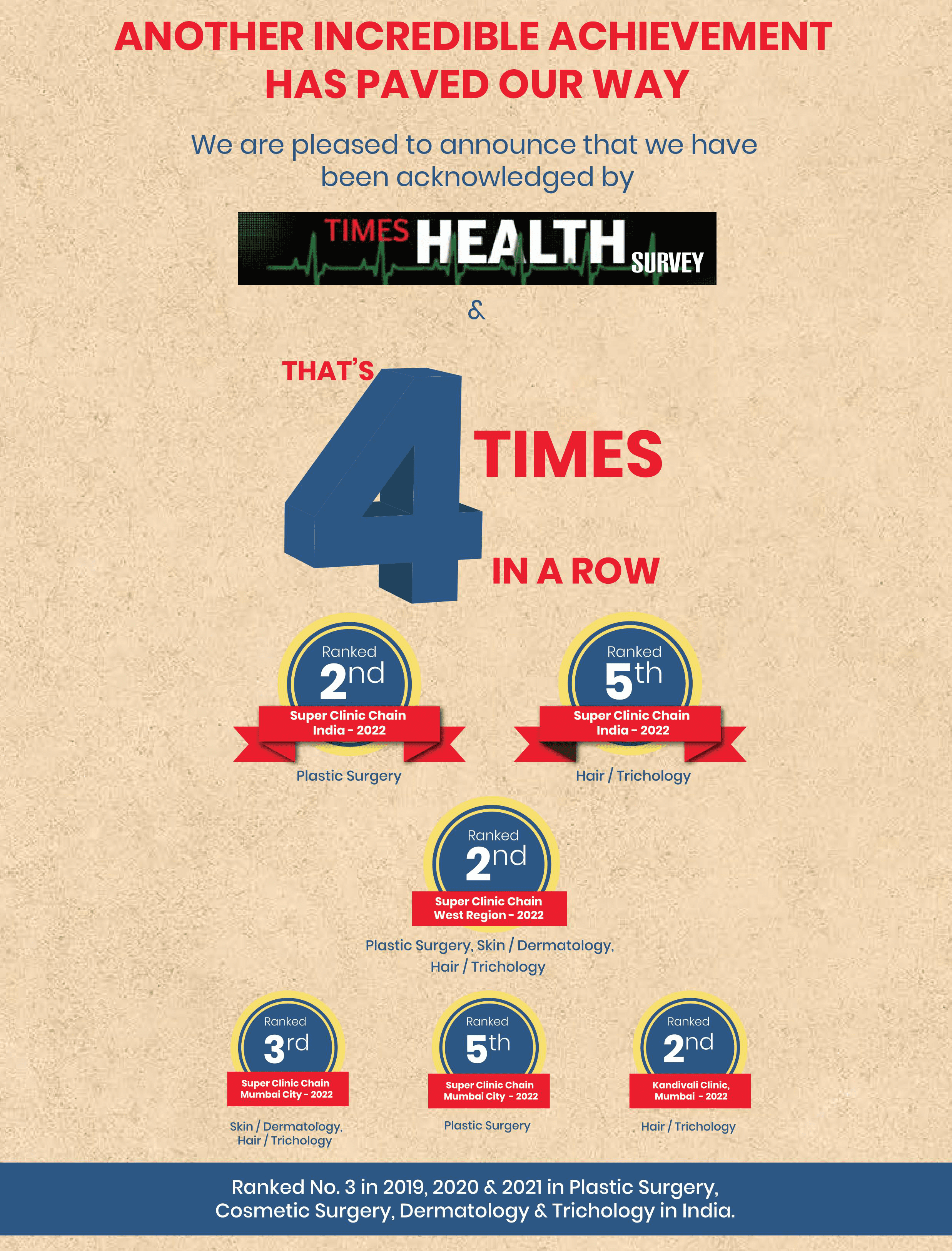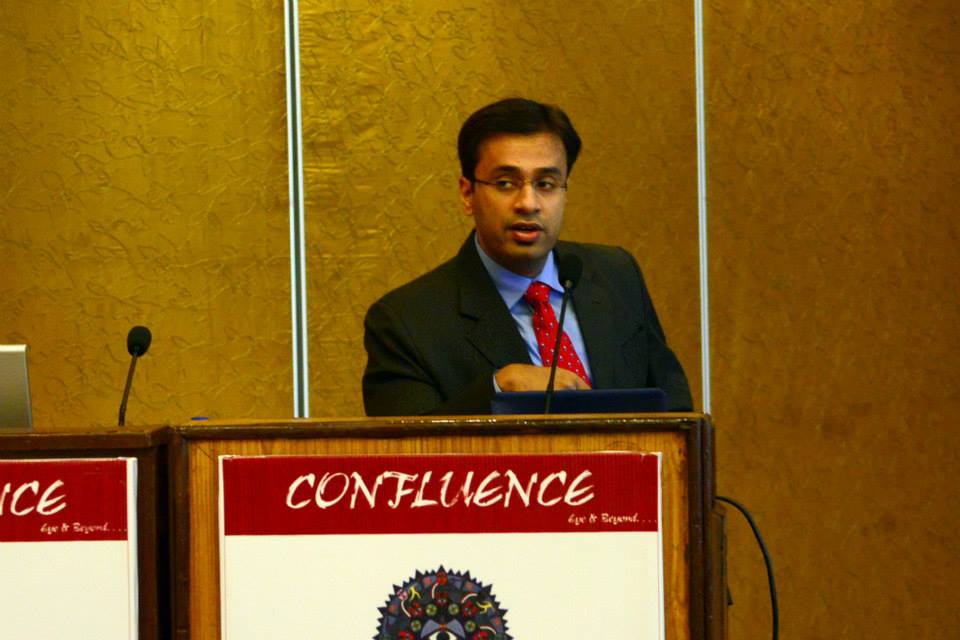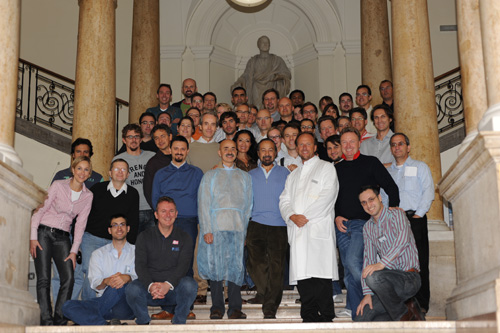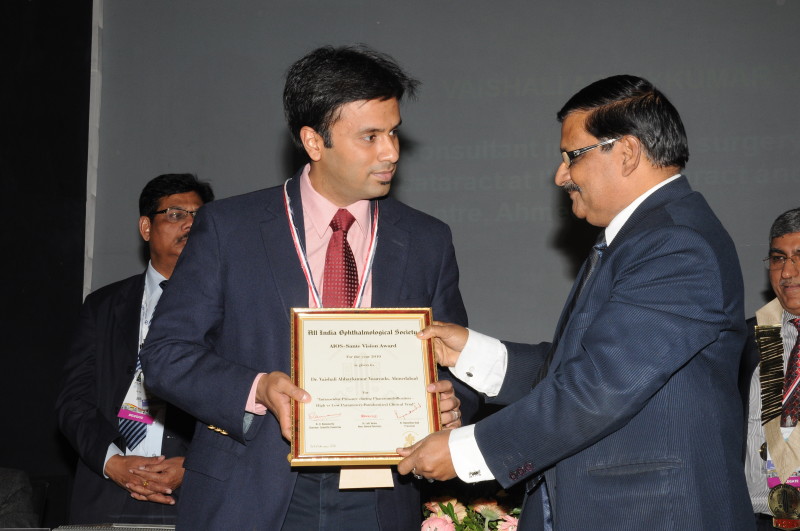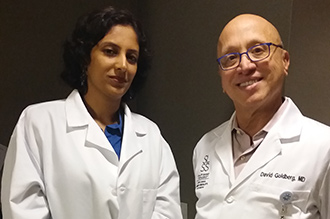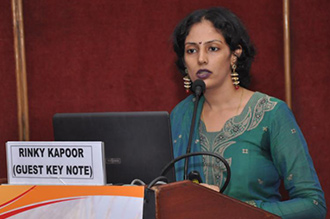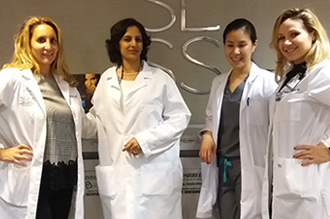TM joint dislocation describes the condition whereby the mandibular condyle slips out of its normal position, becoming displaced to the point of losing its articulation with the glenoid fossa - a smooth concave articular surface present around the anterior of the temporal bone. The mandibular condyle is simply a convex bony projection of the mandible. TM joint dislocation affects 7% of the global population and it is most prevalent among individuals between the ages of 20 - 40 years.
TM joint dislocation can be classified based on the direction in which the mandibular condyle is displaced. Consequently, we can have:
Generally, TM joint dislocation can be unilateral or bilateral as per the location. Again, it can be either acute, chronic, or recurrent.
TM joint dislocation can occur traumatically as a result of vehicular accidents, physical assaults, and falls. However, specific non-traumatic activities like excessive opening of mouth while yawning, or doing certain dental surgeries - here is one of the reasons you should always seek the hands to handle such procedures - can also cause TM joint dislocation. Actions as simple as eating, singing, vomiting, or laughing can also cause the partial or complete dislocation of the mandibular condyle.
When the articular disc of the temporomandibular joint gets displaced, the posterior attachment is pulled into the joint thereby leading to mobility-induced compression and accompanying pain - which evolves as the integrity of the nerves and vessels of the retrodiscal pad is compromised. This sequence of events eventually reduces the mobility of the jaw and brings about a clicking as the displaced condyle protrudes towards the articular region. More so, the muscles of the jaw become markedly tight - a condition known as masseter muscle spasm - which causes the patients to experience excessive salivation.
It is highly important that you visit a top clinic nearby if you are having any symptoms of TM joint dislocation. Once you are at the clinic, you will first be taken through series of physical and digital imaging evaluations to assess and classify your condition. The observations from this exercise, coupled with a review of your medical history, will guide our surgeon into knowing the sort of reconstructive intervention that would be designed for you.
The most common methods of correcting TM joint dislocation are reduction techniques - which are non-surgical, and there are various types. The classic approach, however, involves the specialist administers analgesia and local anesthesia to the patients after having him/her sit in an upright position.
Having worn gloves, the specialist moves to methodically place his/her thumbs - the thumbs must have been wrapped with a gauze - on the inferior molars at both sides of the patient's mouth. With the other fingers aligning to beneath the lower jaw, downward and backward pressure is applied on the lower jaw with the aid of the thumbs even as the patient's mouth is slightly opened. By this, the chin is made to rotate upwardly while the lower jaw is pushed backward thus returning the condyle to its original position in the glenoid fossa. The reduction technique described here is also known as "Hippocratic reduction". Other reduction techniques used in treating TM joint dislocation include wrist pivot, gag technique, syringe technique, and extraoral technique.
However, in the instance whereby any of these reduction techniques will not result in a favorable outcome, surgical procedures are usually employed. The type of surgical approach selected will be dependent on the extent of changes that have taken their toll on the ligaments, muscles, and bony constituents/attachments of the temporomandibular joint. There is quite a broad range of surgical procedures to treat TM joint dislocation, and the team of surgeons, led by Dr. Debraj Shome, at The Esthetic Clinics is well updated on all these methods. Let us briefly look at some of these surgical procedures:
It should be noted that there may be circumstances whereby a combination of methods will be required to effectively resolve the issue of TM joint dislocation. Each of the surgery described above is performed under local or general anesthesia, and the recovery time may greatly vary. For some of them, it may take you only a few weeks to regain the full functionality of your mouth while for others, the recovery process may take months. Irrespective of this, there are few things you should take cognizance of within the first week(s) after the initial operation.
The surgeons at The Esthetic Clinics will be on hand to follow up on your case in order to further evaluate the recovery process and also ensure the sustenance of a favorable outcome. Cases of TM joint dislocation in Mumbai and its environs can be a thing of the past with sound therapeutic guidelines – during and after interventions – from the experts at our clinic.
As you must have drawn from the discussion above, there are both surgical and non-surgical ways of treating TM joint dislocation, but then when exactly do you need surgery? You will need one if:
A lot of things come into play when considering the cost of the treatment of TM joint dislocation. This is majorly due to the broadness of the disorder itself. For one, there is a need to run checks to see whether the case is a recurrent one or not, and then the severity of an individual's condition will be factored. So, there is no straightforward answer to the question on the cost of TM joint dislocation treatment. Summarily, the following are some of the factors that can significantly influence the cost:
The concern over the cost implication of the treatment of TM joint dislocation is quite understandable, and you can reach out to see how your insurance benefits may be helpful in this regard.
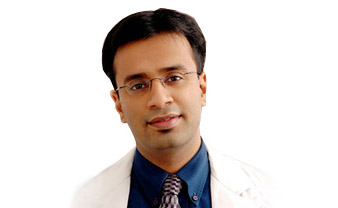

Dr. Debraj Shome is Director and Co founder of The Esthetic Clinics. He has been rated amongst the top surgeons in India by multiple agencies. The Esthetic Clinics patients include many international and national celebrities who prefer to opt for facial cosmetic surgery and facial plastic surgery in Mumbai because The Esthetic Clinics has its headquarters there.
